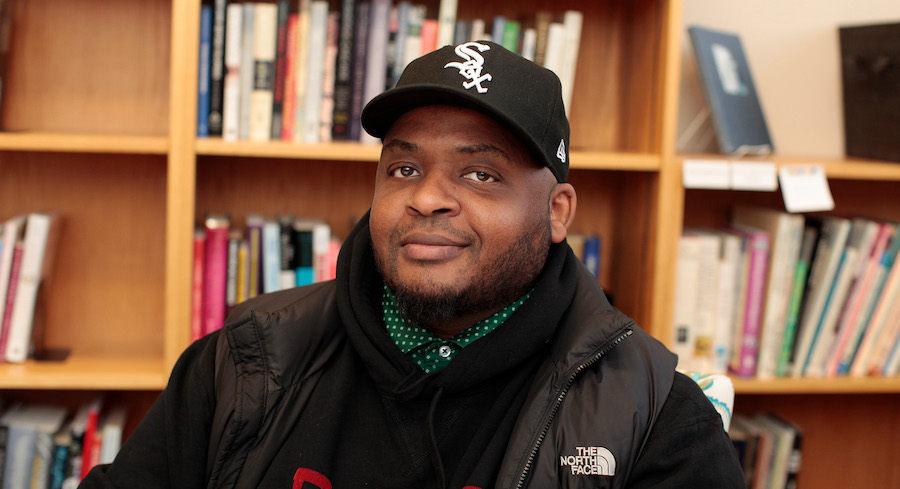Kiese Laymon on Walking Backwards to Explore the Now

This week on The Maris Review, Kiese Laymon joins Maris Kreizman to discuss his book, How to Slowly Kill Yourself and Others in America, out now from Scribner.
*
On what it took to get mainstream publishing’s attention:
MK: Talk to me about the essay “Second Person” in the age of the anti-racist booklist. Do you think book editors have changed the criteria for what they think is commercial?
KL: Yes. And the reasons for that have a lot to do with cultural workers and activists changing the culture of the world. There was a group of us who came in, and we had to come in through the internet. Major publishing told a lot of us in different ways, be it me or Jesmyn or Roxane or Tressie, they told us no. So we created relationships with people through our art, but major New York publishers thought, “Oh, those people can make money without us, so let’s go partner with them.” That’s what I felt like happened.
Some of the change has to do with the art and some has to do with the culture and political organizations and movements changing the way we think and talk in this country. And, cynically, some of it has to do with the fact that they saw we could move books without them. And then they were like, I wonder what we could do with them. I know people getting deals with art right now that’s incredible, that would never have gotten mainstream or commercial attention. I could name a trillion incredible books. And it has nothing to do with the grandeur of the book—it just has to do with the people in power just not thinking they could make money off of a book. That’s what book publishing comes down to.
*
On going back to explore the present:
MK: Tell me about narratively going backward. Your most recent pieces are at the front of the book.
KL: In the reissue, the easiest way to ensure that more readers would feel the movement would have been to invert it all and begin with the occasion that started it all, which was my uncle’s death. My grandmother and my aunt found my uncle’s journals, and he was saying a version of “I’m killing myself and I don’t know how to stop.” That was the first essay in the old version of How To Kill Yourself Slowly. I think to really explore the now of anything, you have to walk backwards. That author’s note (for the new edition) couldn’t be written without the first essay “Mississippi: A Poem, in Days,” and that essay couldn’t be written without all 13 other pieces that precede it. By the time we get to the title essay, I want people to know how “The Worst of White Folks,” the essay that preceded that, gave that essay permission. That final piece, which is a direct address to my uncle from me and my aunt, is also what gives “The Worst of White Folks” permission. It’s inverted, but I still think the now could be the beginning and the beginning could be the end, because that’s how a lot of us think.”
*
Recommended Reading:
The Prophets by Robert Jones, Jr. · The Secret Lives of Church Ladies by Deesha Philyaw · Breathe by Imani Perry · The Yellow House by Sarah Broom · Libertie by Kaitlyn Greenidge
__________________________________
Born and raised in Jackson, Mississippi, Kiese Laymon, Ottilie Schillig Professor in English and Creative Writing and the University of Mississippi, is the author of the novel Long Division, the memoir Heavy, and the essay collection How to Slowly Kill Yourself and Others in America.
The post Kiese Laymon on Walking Backwards to Explore the Now first appeared on Literary Hub.
